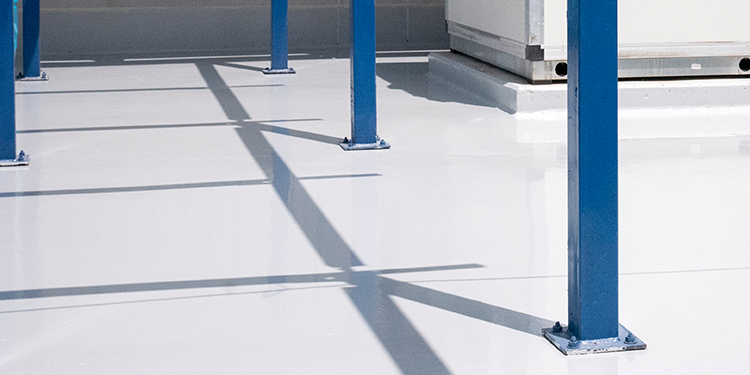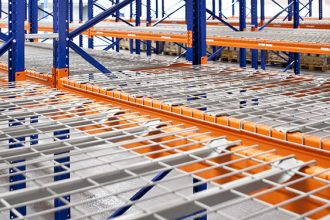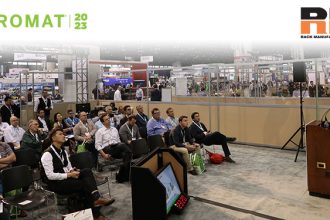Why Column Base Plates Provide A Solid Foundation For Rack Repair Success

When a damaged rack column is replaced or repaired, the state of the base plate (sometimes called foot plates) at the bottom of the column must also be assessed. Base plates are included at the bottom of every rack upright in order to provide a connection point for the anchor bolts between the column and concrete slab when the anchors are drilled into the floor. The presence of base plates significantly reduces the risk of the industrial steel storage rack sliding or falling over should it be impacted.
In addition, Section 1.4.7 of the RMI ANSI MH16.1: Specification for the Design, Testing and Utilization of Industrial Steel Storage Racks requires columns be anchored. In the case of a column that has been damaged by an impact, the base plate may have become separated from the column or the floor or deformed in some way. Based on an evaluation by a qualified storage rack design engineer, it may be determined that a new base plate is needed, and the previous hole locations are no longer accessible or usable.
Because the bending stiffness of the base joint may be critical to the success of the column repair, RMI offers detailed best practice recommendations in section 8.3.2 of the recently updated Guideline for the Assessment and Repair or Replacement of Damaged Rack — Version 2.0, noting:
The column base plate needs to be shown to meet the loading requirements of the applicable loading combinations in ANSI MH16.1: Specification for the Design, Testing and Utilization of Industrial Steel Storage Racks, Section 2.1 or Section 2.2. The base connection shall be evaluated for the following factors including, but not limited to:
-
- the column downward axial force;
- the column uplift;
- the base joint bending strength; and
- the base joint bending stiffness.
Should the replacement anchors for the new base plate need to be placed in a different location than before, the supervising engineer should assess the suitability of an alternative solution. Section 9.4 of the Guideline notes, “The supervising engineer should consider the location of existing anchor holes and should design the kit for repair or replacement for proper anchoring. It is not acceptable to leave repaired rack unanchored.”
In certain cases, longer anchor bolts can be used to secure the base plate to the floor via the existing holes; in other situations, the existing holes can be filled to enhance the integrity of the floor surrounding the new anchor bolts. The Guideline states the following best practices for replacement anchors in section 8.3.2:
If replacement anchors cannot be reinstalled in the same place relative to the column, a new location would need to be designed and evaluated. Replacement anchors shall be installed in the same hole or a new hole not less than 3 times the larger anchor diameter from existing anchor holes, whether the holes are empty or contain the remnants of old anchors. If existing anchor holes are filled with “dry-pack mortar” and the mortar has set for at least 7 days, replacement anchors may be placed not less than 1.5 times the diameter of the largest anchor from existing holes.
By following these best practice guidelines for securing a repaired or replaced column via its base plate to the floor, a rack system owner can be assured that the ensuing structure will remain stable and upright, significantly reducing the risk of a collapse and improving the safety of personnel working in the area.
To learn more about rack repair best practices, download RMI’s Guideline for the Assessment and Repair or Replacement of Damaged Rack — Volume 2.


